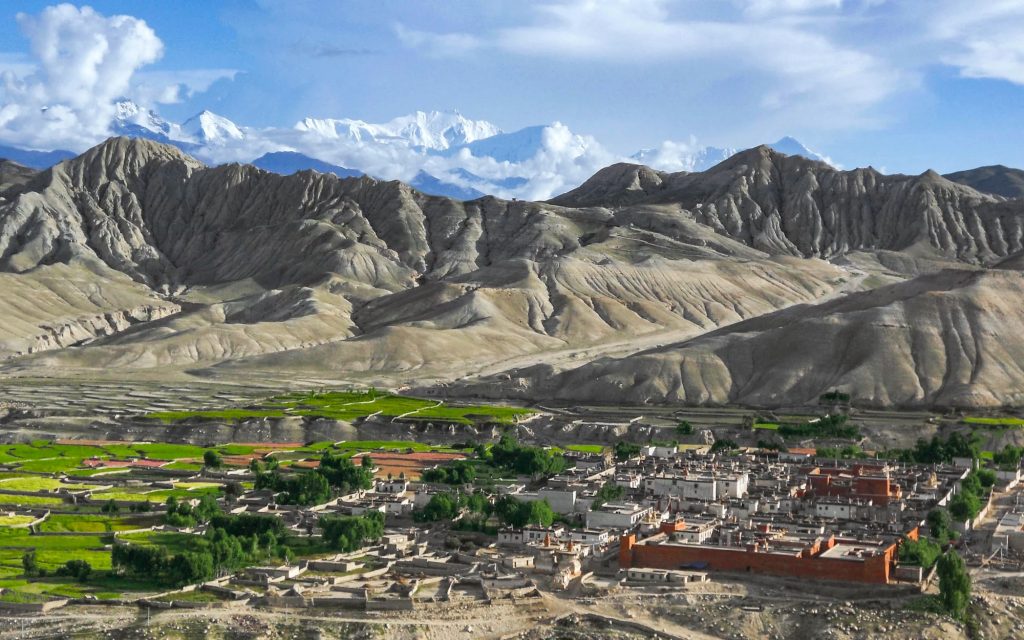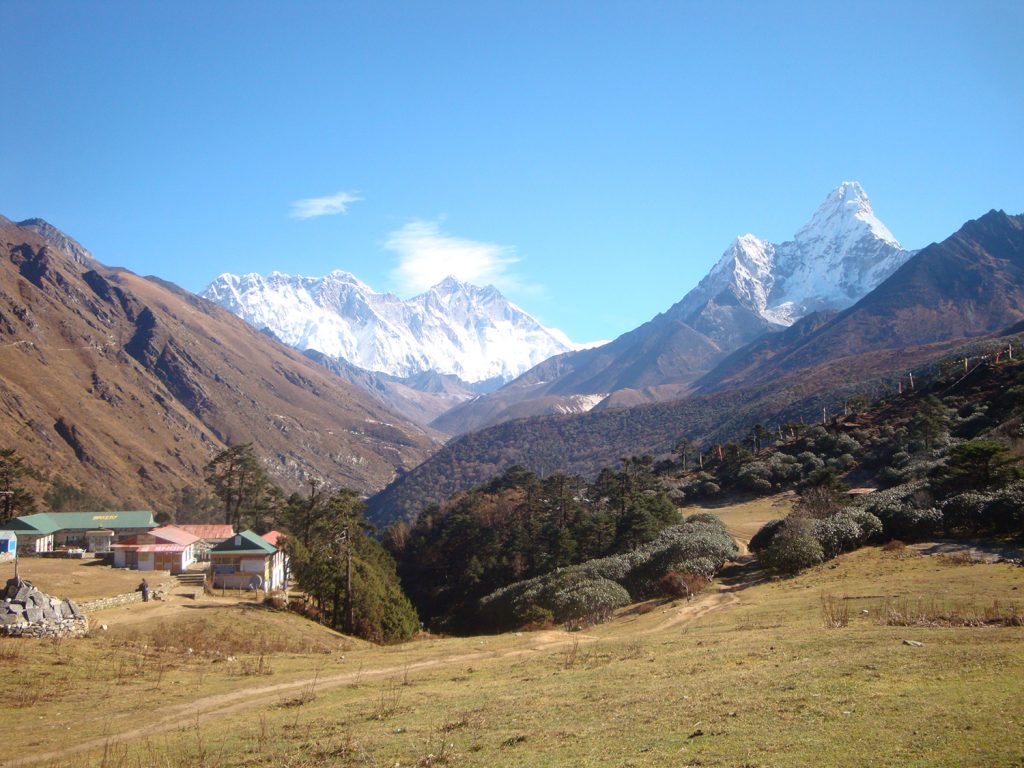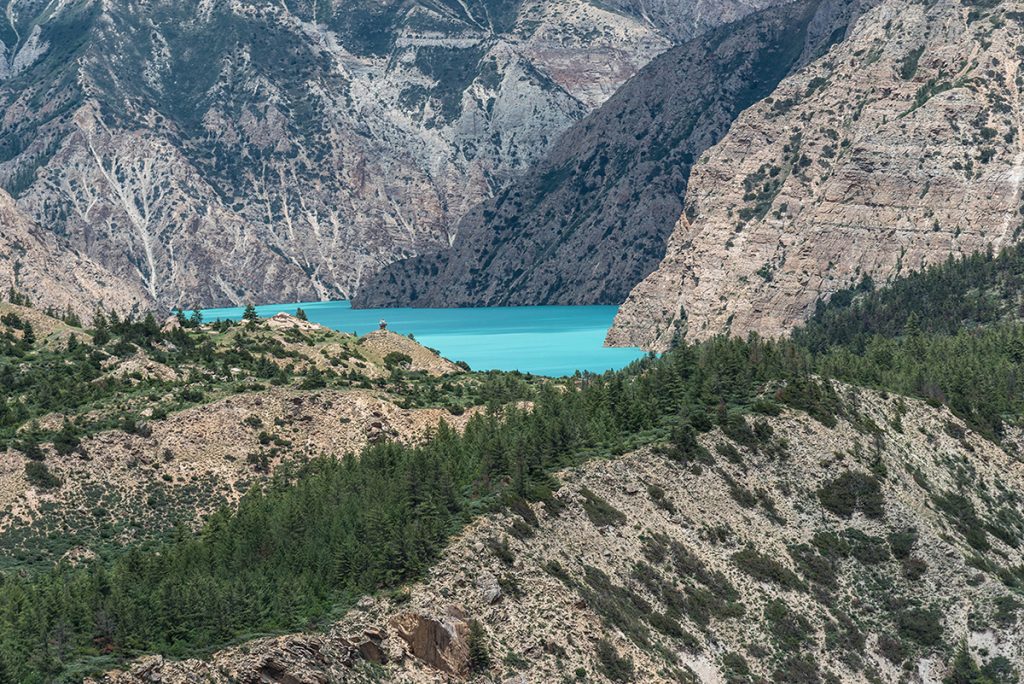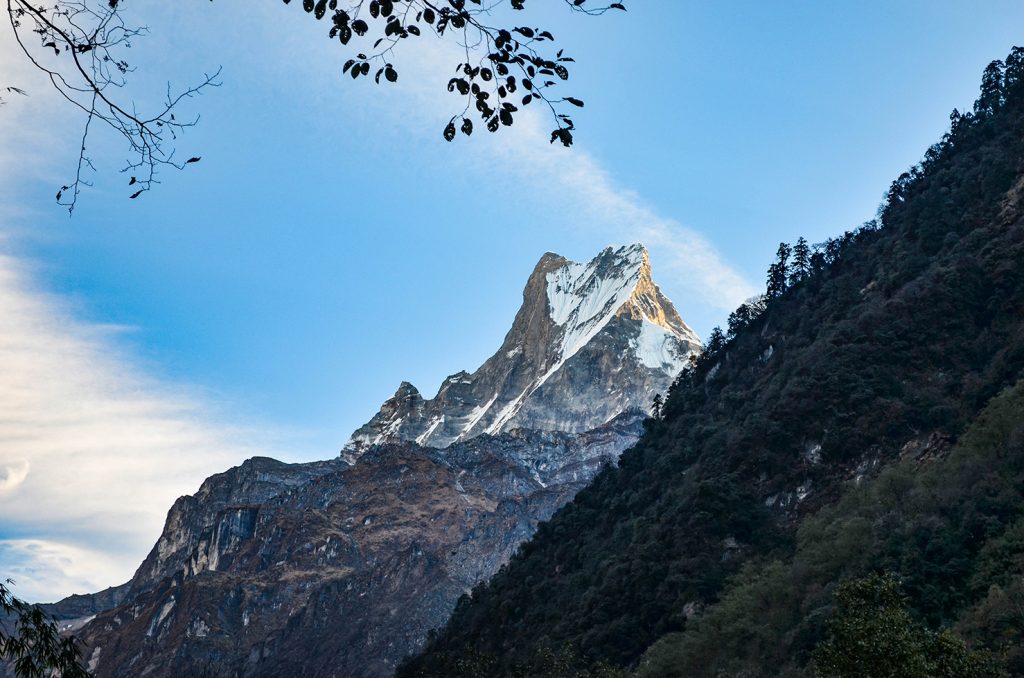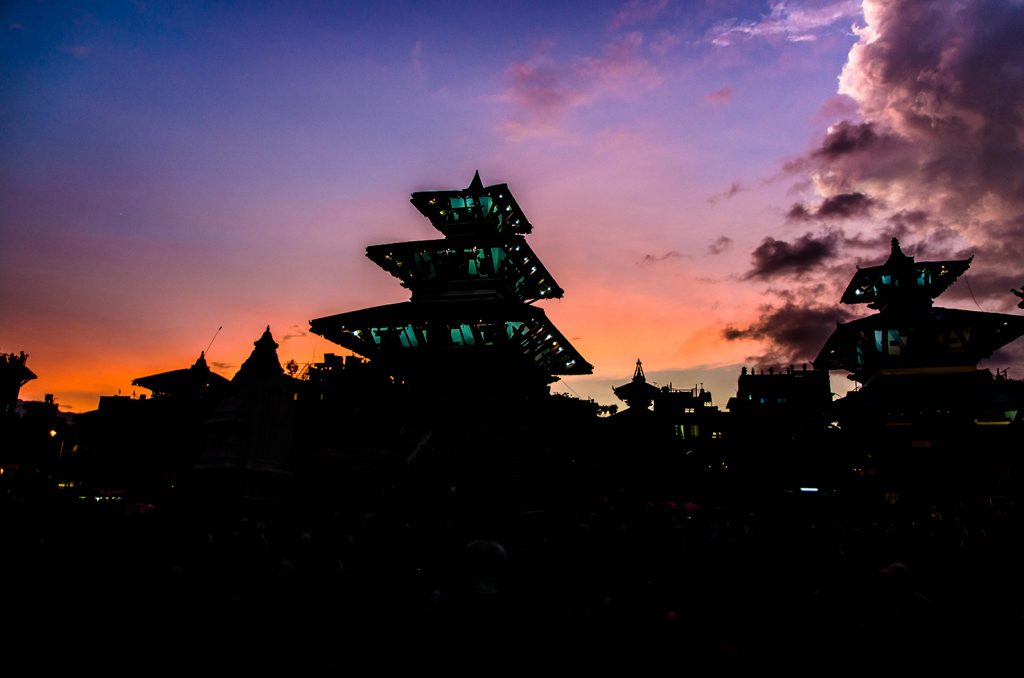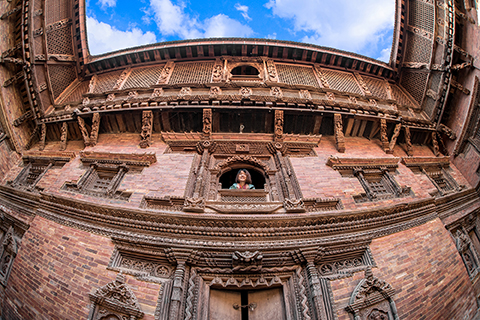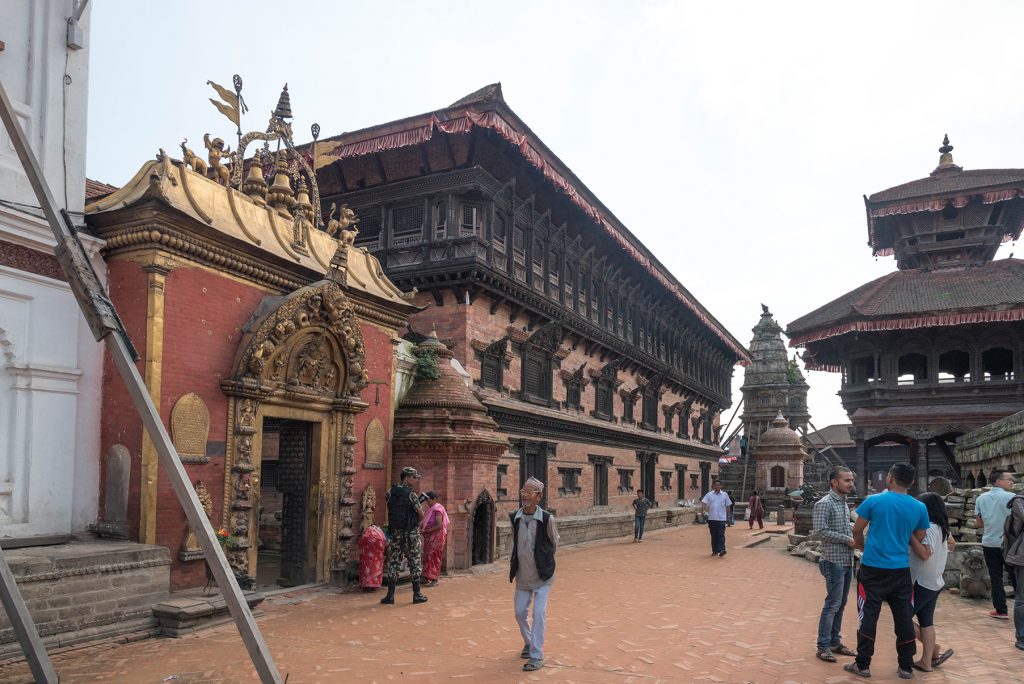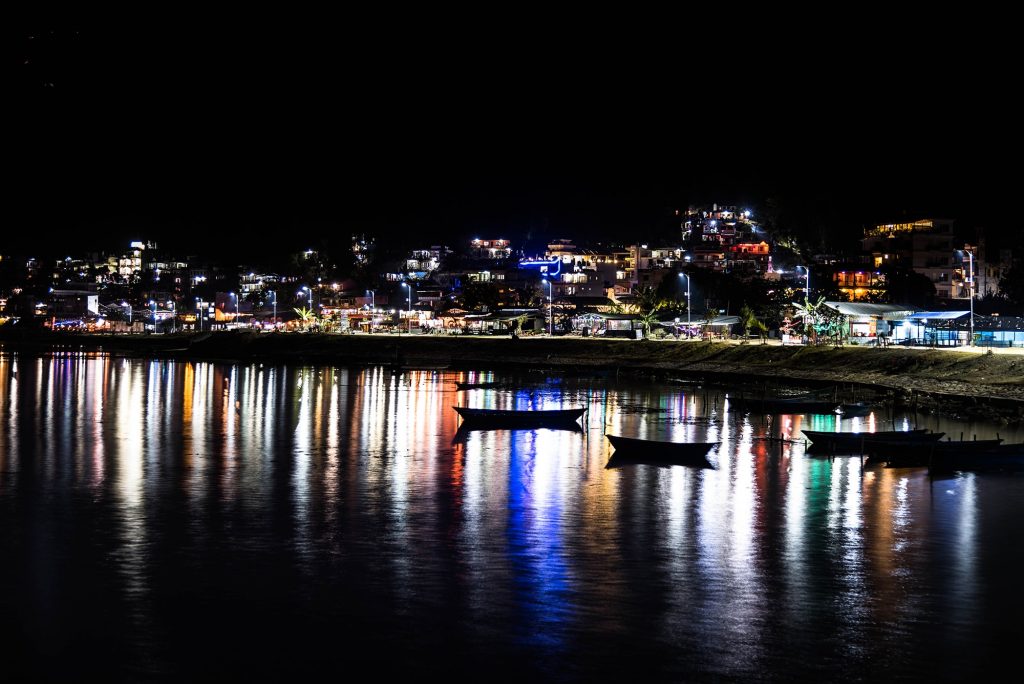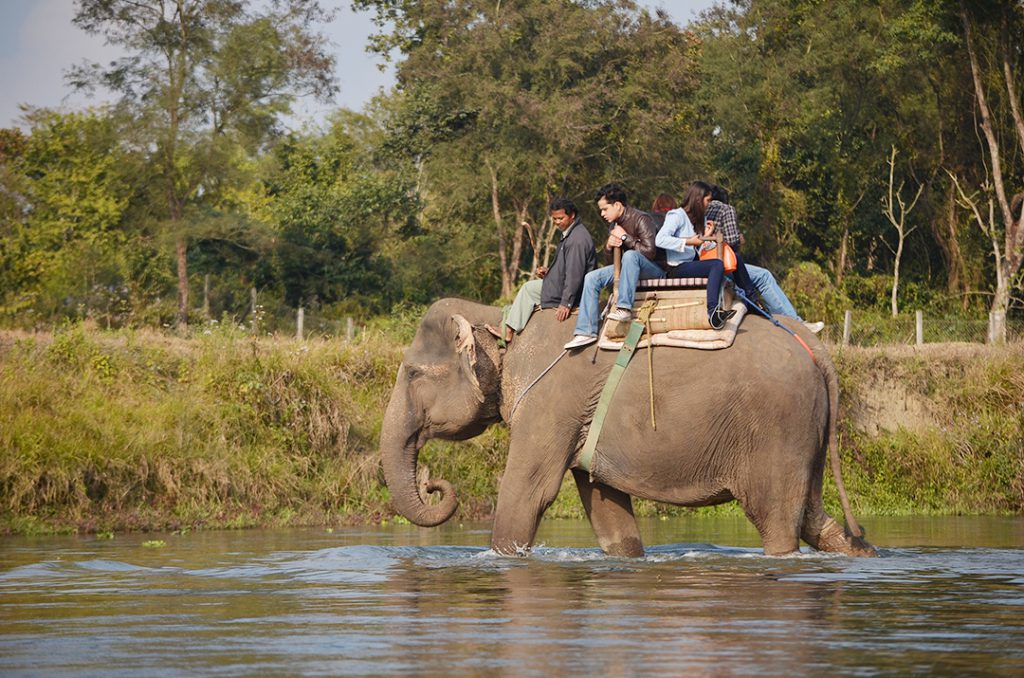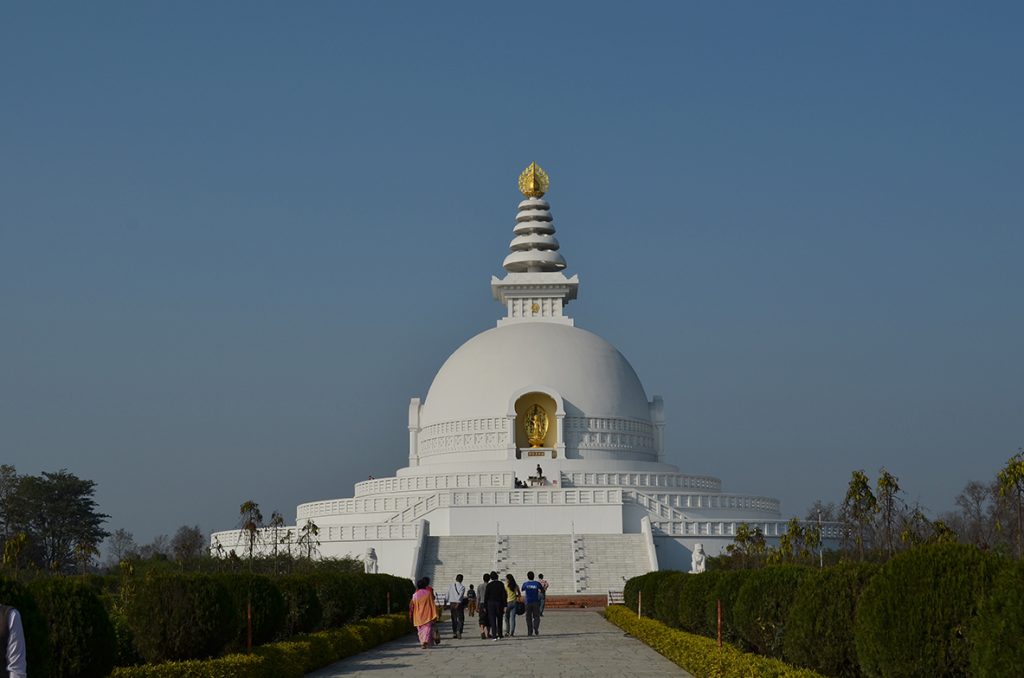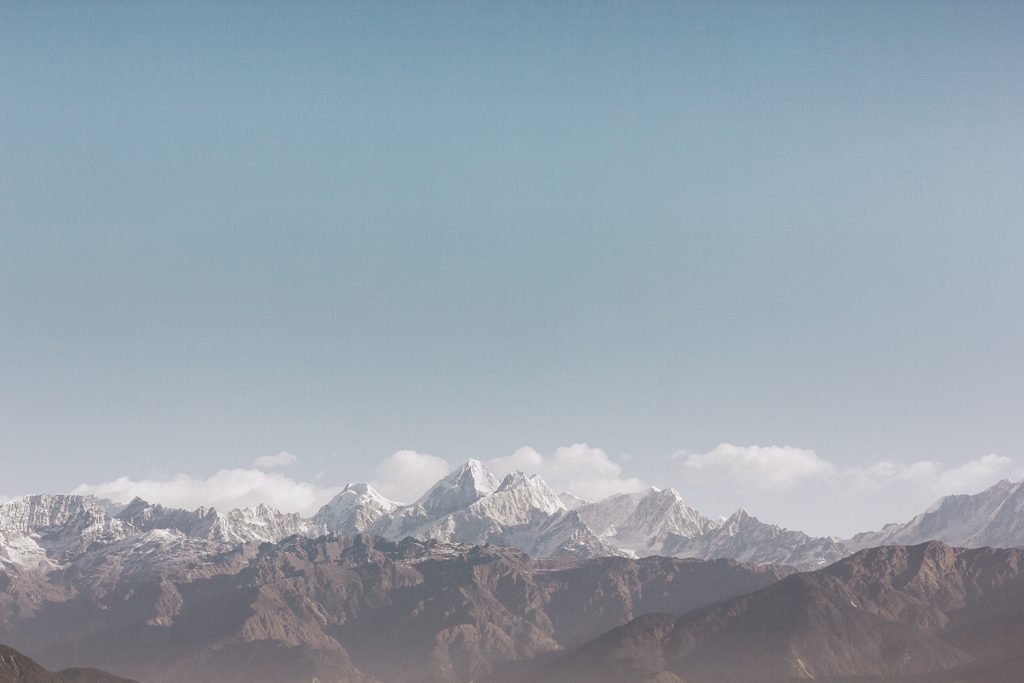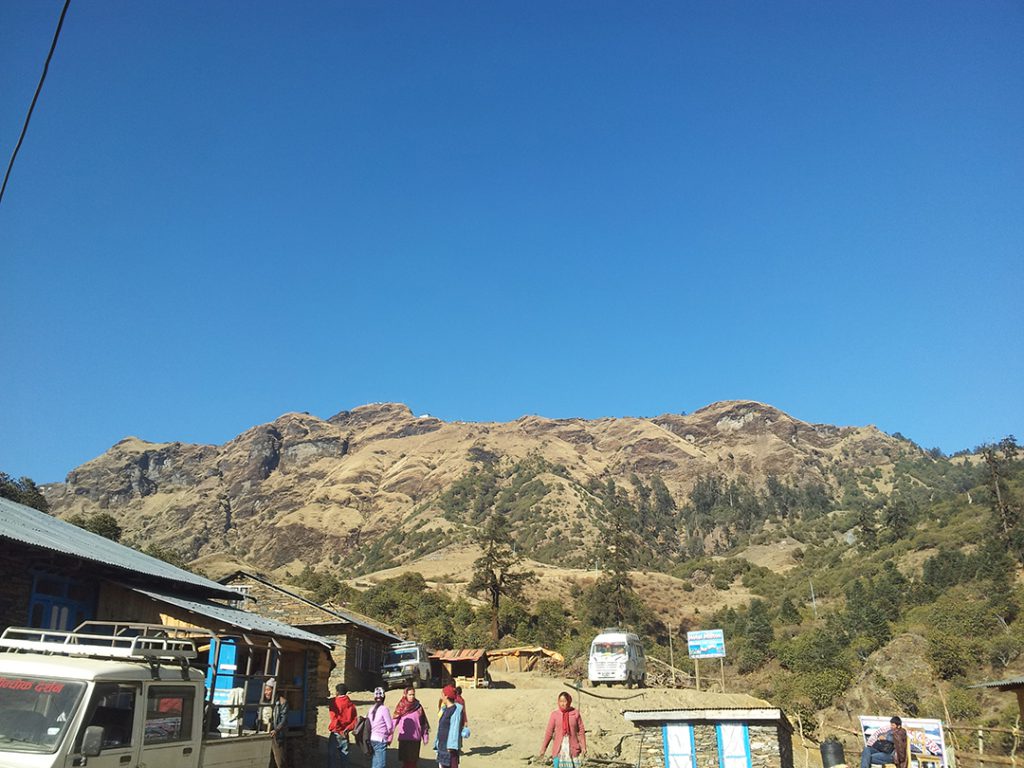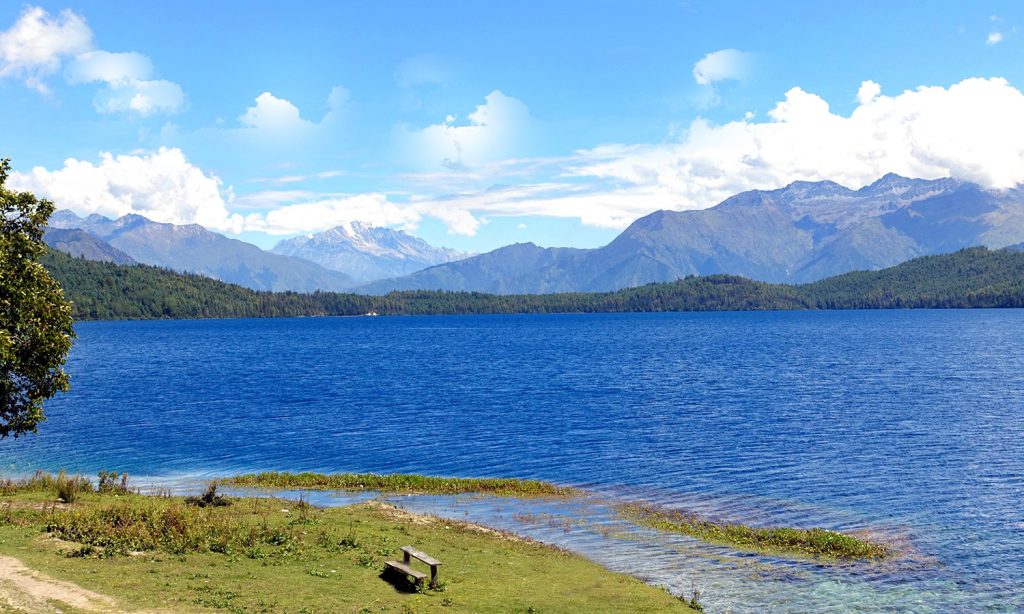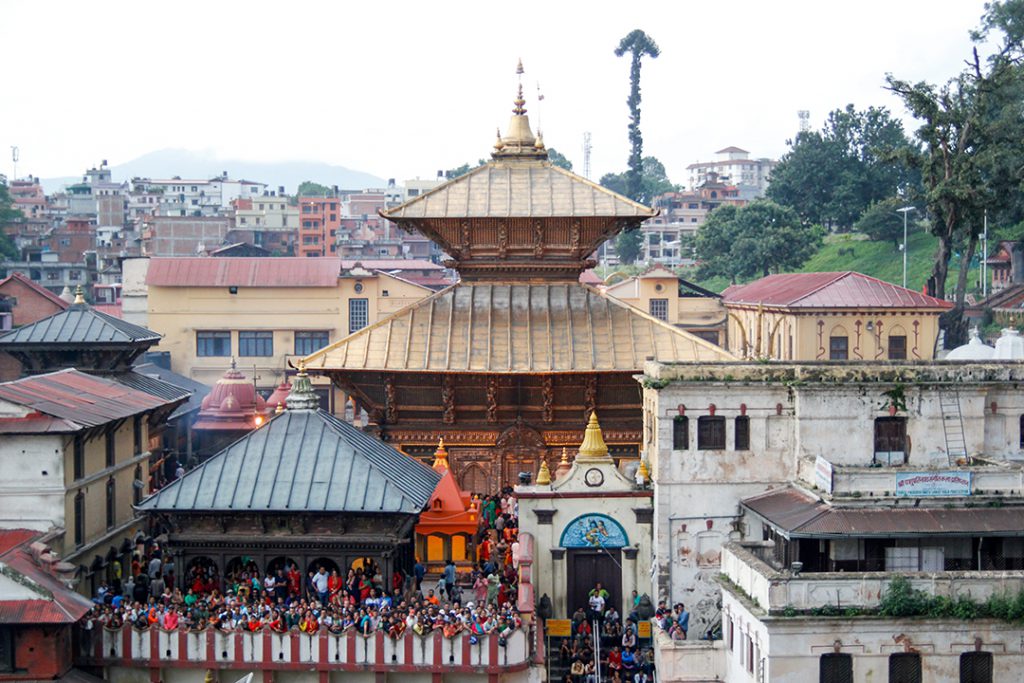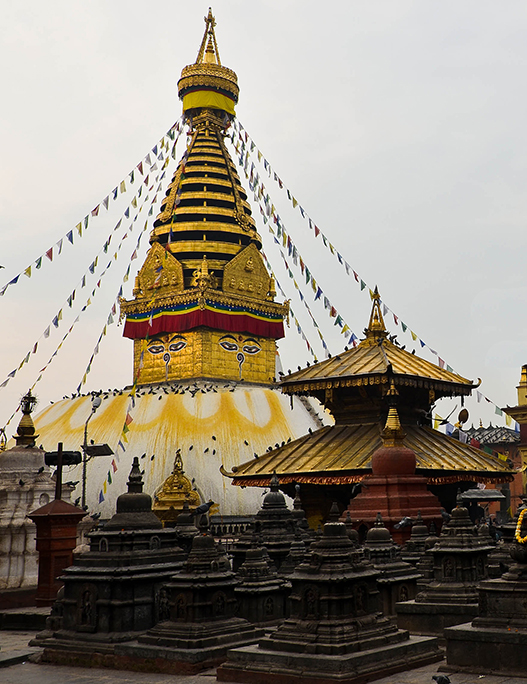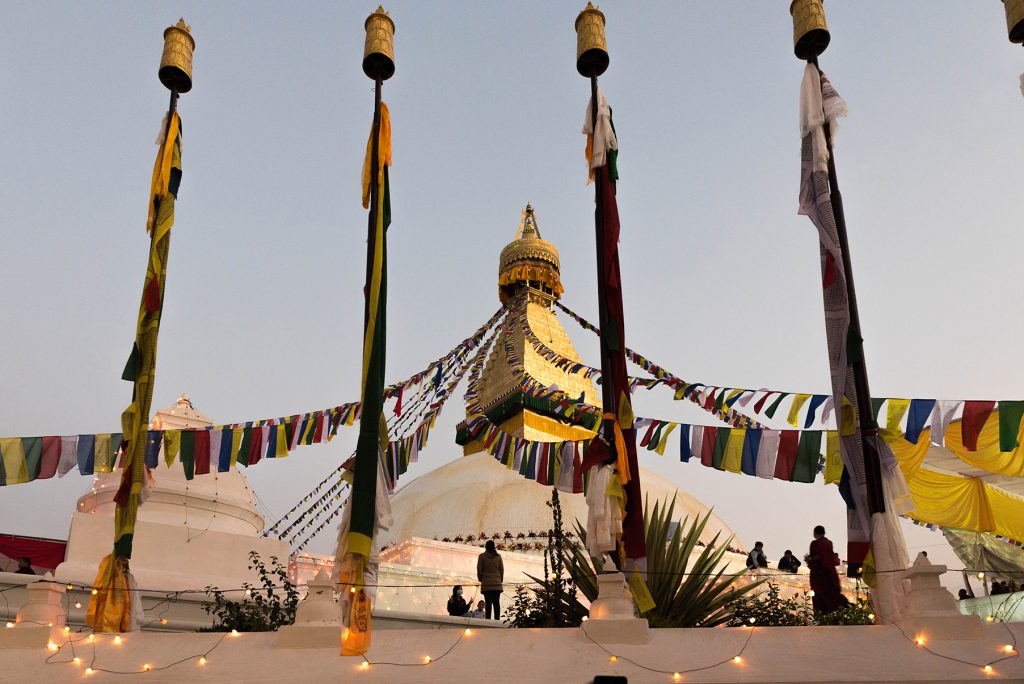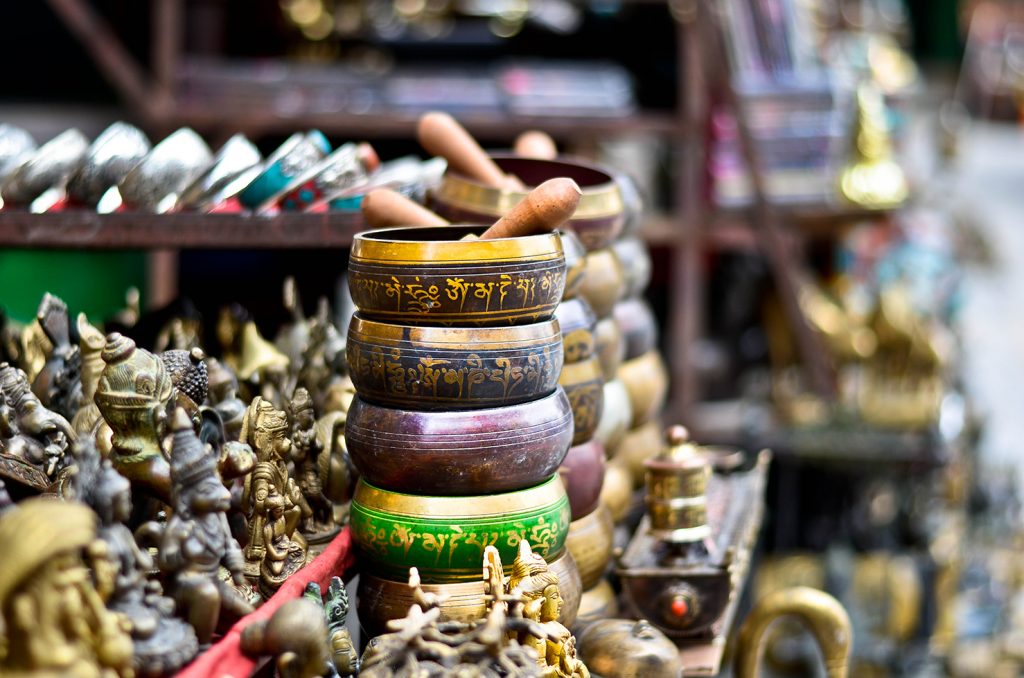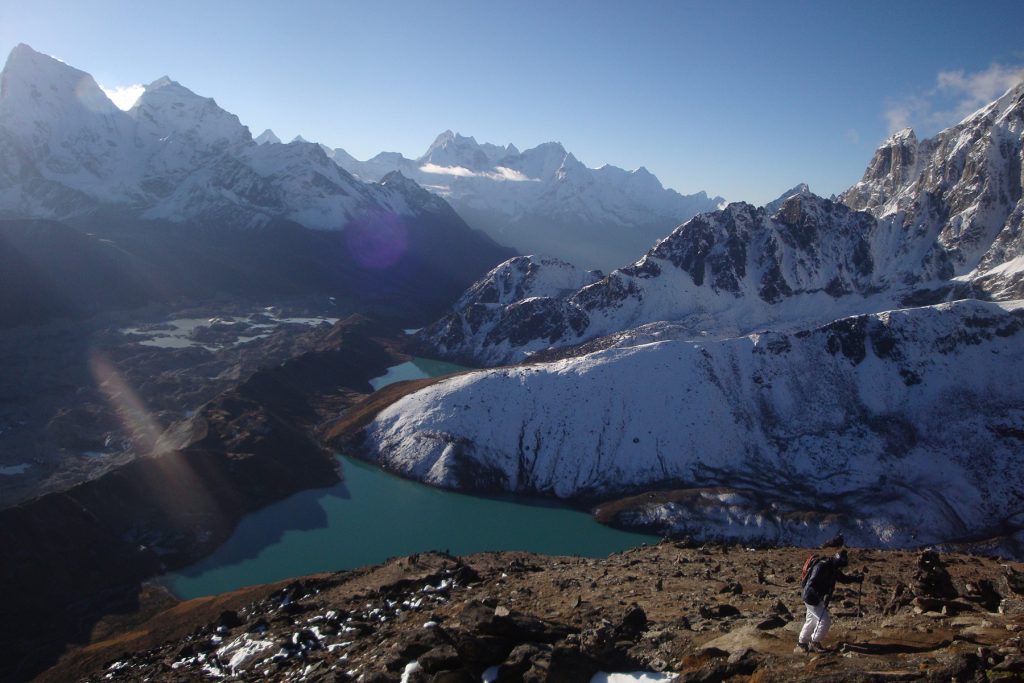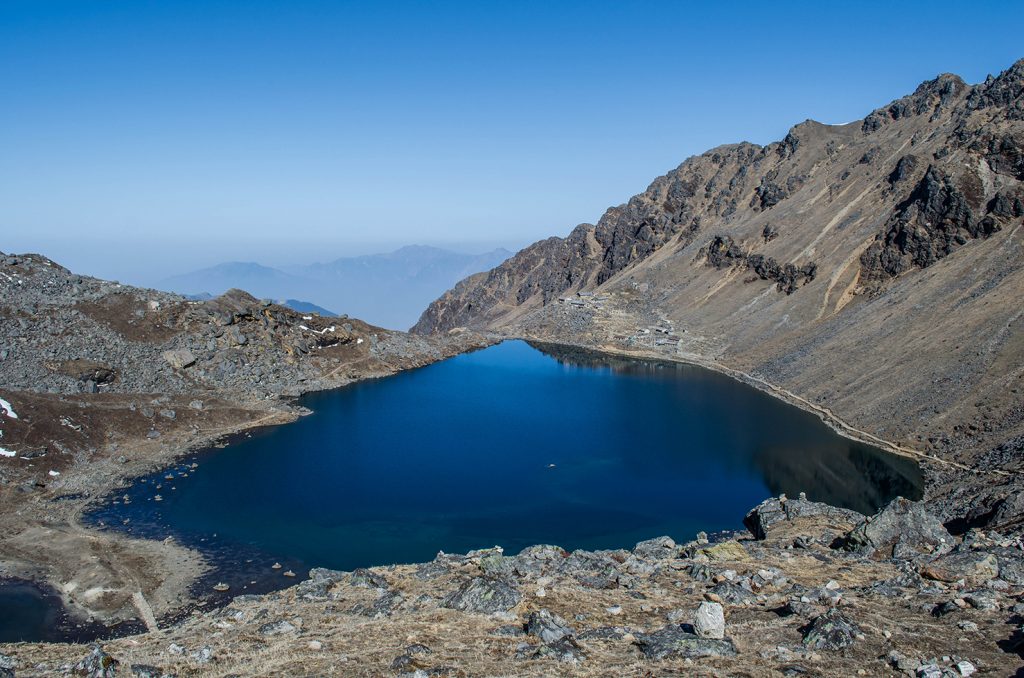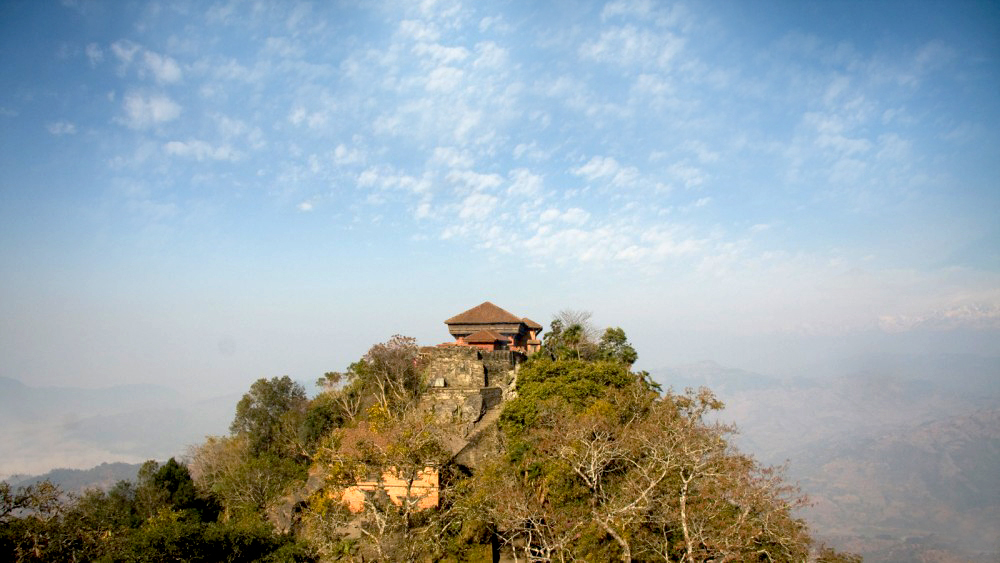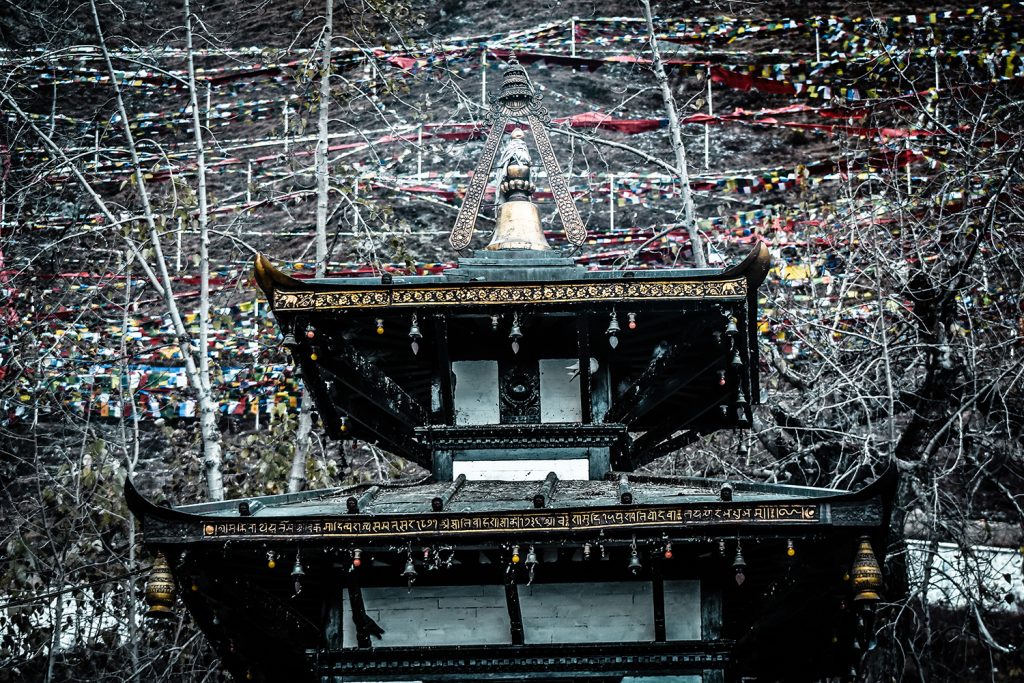
Muktinath Temple is located at an altitude of 3710 meters above sea level and situated 24 km northeast direction of Jomsom. It can also be reached after crossing Thorong-La mountain pass in Annapurna Conservation Area, Mustang district of Nepal. This temple is covered in one of the famous trekking route Annapurna Circuit. Muktinath is a sacred place for both Hindus and Buddhists.
The Place of Salvation
Hindus call Muktinath as Mukti Kshetra, which means the “place of salvation”. It is one of the most ancient temples of the God Vishnu and the Vaishnava tradition in Nepal. The shrine is considered to be one of the eight sacred places known as Svayam Vyakta Ksetras (the other seven being Srirangam, Srimushnam, Tirupati, Naimisharanya, Totadri, Pushkar and Badrinath). It is one of the 108 Divya Desam, or holy places of worship of Lord Vishnu and one of the 51 Shakti Pitha goddess sites. The Shakti of Muktinath is addressed as “Gandaki Chandi”, and the Bhairava as “Chakrapani”. Sati Devi’s temple on the forehead is believed to have fallen here.
Hundred Waters
Buddhists call Muktinath Chumming Gyatsa, which in Tibetan means ‘Hundred Waters’. According to Tibetan Buddhism Chumig Gyatsa is a sacred place of the Dakinis goddesses known as Sky Dancers. It is one of the 24 celebrated Tantric places. In addition to this, it is believed to be a manifestation of Avalokitesvara, the Bodhisattva of Compassion and Virtue.
More Around
The temple is small and contains a human-sized golden statue of Vishnu as Shri Mukti Narayana. The temple also has bronze images of Bhoodevi (the Earth-goddess form of Lakshmi), the goddesses Saraswati and Janaki (Sita), Garuda (the mount of Vishnu), Lava-Kusa (the sons of Rama and Sita) and the Sapta Rishis (Seven Sages created by Lord Brahma). There is also an old Buddhist monk present in the temple and worship is conducted by Buddhist nuns.
There is a semi-circular wall with 108 stone faucets at a height of seven feet behind the temple. These 108 stone faucets are called as Muktidhara where frozen water is continuously flowing from the bullhead and two Kunda (ponds in front of the temple). It is believed that taking bath in these 108 waterspouts and two Kunda (ponds) brings to salvation. The Kali Gantaki riverbed downstream from Muktinath is the sole source of the rare Shaligram stones that are required to establish a temple of Vishnu anywhere in the world.
There is a small monastery of `miraculous fire’ known as Mebar Lha Gomba which is situated near the entrance gate of the temple. This monastery is dedicated to Guru Rimpoche (Padmasambhava) and consists of a statue of the Buddhist deity Chenrezig (Avalokitesvara). This place is famous for its continuously burning natural gas fire, which Hindus worship as Jwala Mai, the Goddess of Fire.

